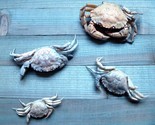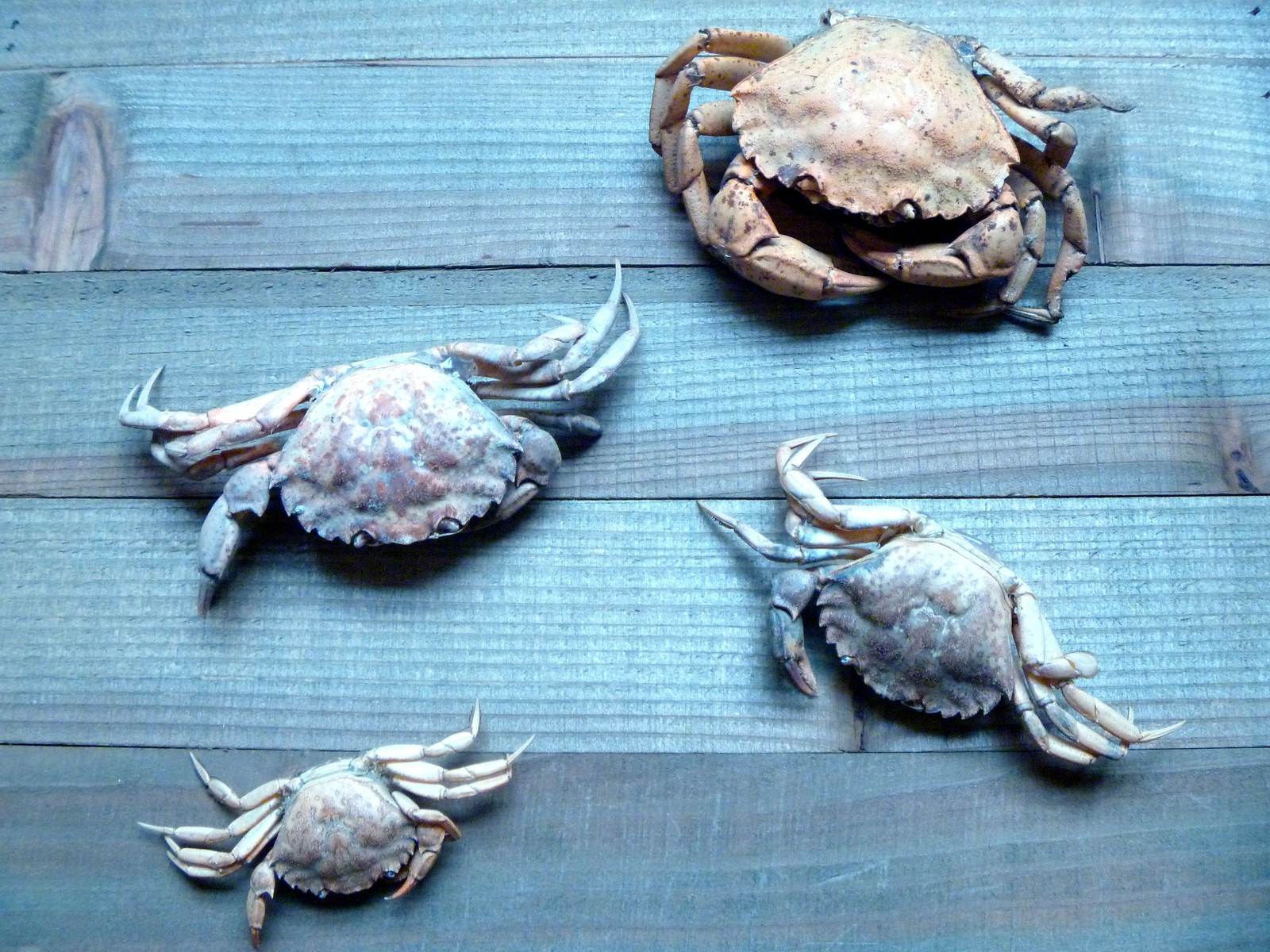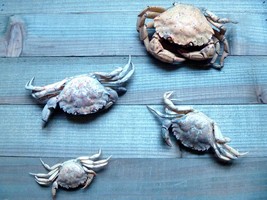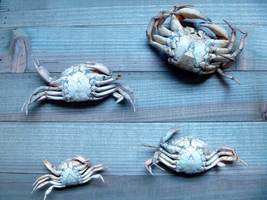Rendered at 22:25:58 12/11/25
Sign up and get $15.00 bCredits free to use at checkout and another $5.00 bCredits when you make your first purchase. More info
Envío gratis
Preserved European Green Shore Crabs from New England
€11,17 EUR
(It may be possible to pay only $10.53 instead of $13.00 when you
use your bCredits at checkout)
Sign up and get $15.00 bCredits free to use at checkout and another $5.00 bCredits when you make your first purchase. More info
Los buques de
United States

Share & earn! Sign in, share this or any listing, and you’ll get commission when it sells.
Learn more
Las opciones de envío
Los buques de 3 business days Detalles
No hay precio de envío se especifica en ES
Los buques de
United States

Política de oferta
OBO - El vendedor acepta ofertas en este artículo.
Detalles
La política de devoluciones
Full refund available within 30 days
Protección de compra
Opciones de pago
PayPal accepted
PayPal Credit accepted
Venmo accepted
PayPal, MasterCard, Visa, Discover, and American Express accepted
Maestro accepted
Amazon Pay accepted
Nuvei accepted
Las opciones de envío
Los buques de 3 business days Detalles
No hay precio de envío se especifica en ES
Los buques de
United States

Política de oferta
OBO - El vendedor acepta ofertas en este artículo.
Detalles
La política de devoluciones
Full refund available within 30 days
Protección de compra
Opciones de pago
PayPal accepted
PayPal Credit accepted
Venmo accepted
PayPal, MasterCard, Visa, Discover, and American Express accepted
Maestro accepted
Amazon Pay accepted
Nuvei accepted
Rasgos del artículo
| Categoría: | |
|---|---|
| cantidad disponible: |
5 En stock |
| Condition: |
New |
Detalles del anuncio
| Las políticas del vendedor: | |
|---|---|
| Envío de descuento: |
Vendedor paga el envío para este artículo. |
| Publicado en venta: |
Más de una semana |
| Artículo número: |
1708555632 |
Descripción del Artículo
The European Green Crab, or Green Shore Crab, (Carcinus maenas) is "listed among the 100 world's worst alien invasive species." If you live on the coast of New England and look under any rock in a tide pool, chances are you will find some of these green crabs. Although they are an invasive species, they are still fascinating to study. Most of these crabs were found in marshes near Portsmouth and Rye, NH. What happens is when it is high tide, there is a multitude of them but when the tide goes out and the marsh grass is exposed, they are trapped in the marsh grass and cannot get out. Eventually they die and get sundried. This is why many of them appear whitish. In order to give them much added strength and stability, hot glue was put on the joints because their shells are incredibly fragile.
Many will have imperfections because they are found in nature: some are white from being sunbleached, some are reddish if they were green and had to be dried out longer, some have legs missing, etc. Some have been put back together with hot glue because of their fragility. They could be used for crafts with a beach theme, or as curiosities from nature.
Added to your wish list!

- Preserved European Green Shore Crabs from New England
- 5 in stock
- Price negotiable
- Handling time 3 day.
- Returns/refunds accepted
Get an item reminder
We'll email you a link to your item now and follow up with a single reminder (if you'd like one). That's it! No spam, no hassle.
Already have an account?
Log in and add this item to your wish list.





